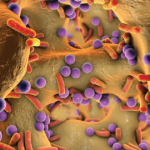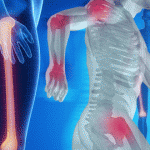By treating mice with antibiotics, researchers found that alterations in the gut microbiome impaired the mechanical properties of bone and depleted splenic B and T cell populations. The researchers suspect the decrease in bone strength resulted from the change in the immune system…








